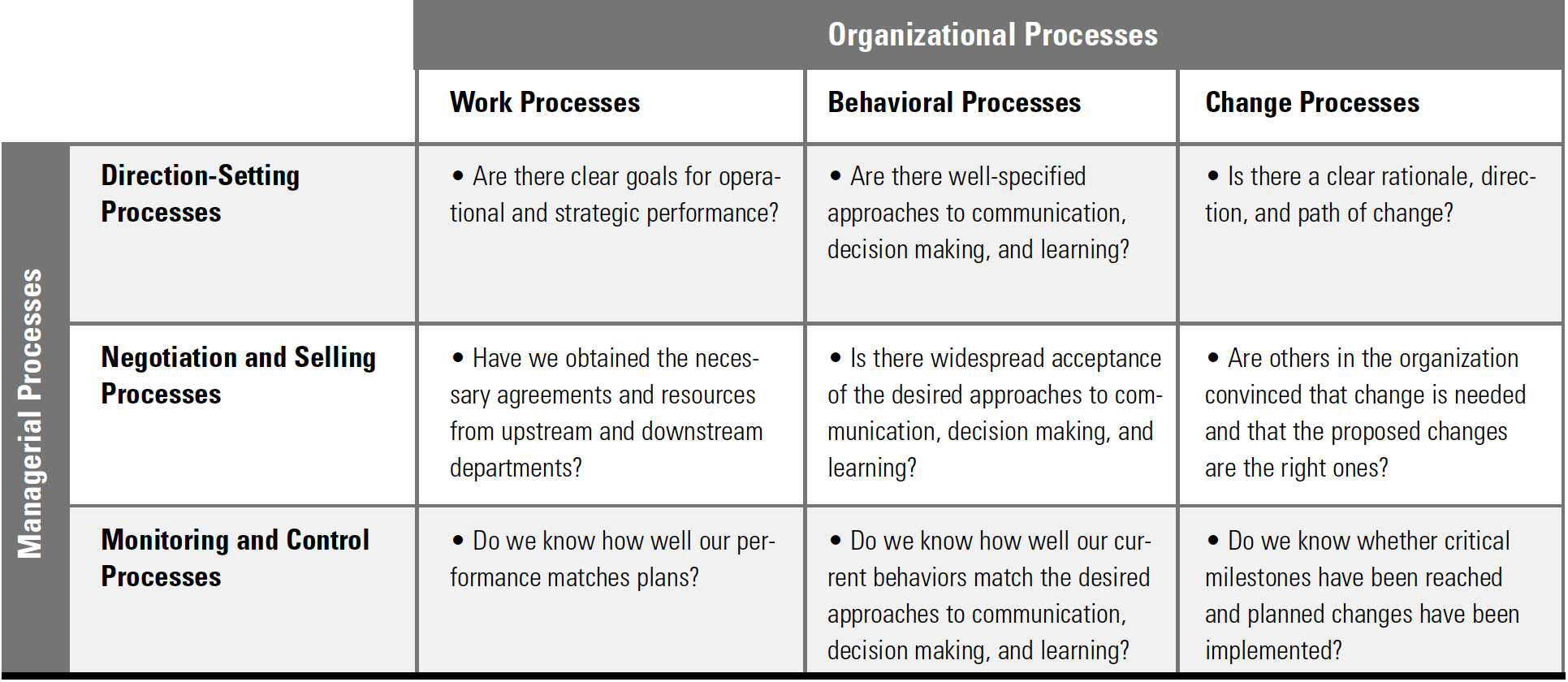Nov 14, 2017. Appreciate how organisational structure and culture contribute to management control in organisations; think about how to analyse an organisation in this respect; understand an organisation's characteristics and how they might impact on management practices. View this course. You can start this course. Steve Jobs, The Disney Way and Corporate Cultures – The Rites and Rituals of Corporate. Deal and Kennedy stated that at the core of corporate culture, we find its values, its heroes, rites and. Doug scanned articles highlighting words and the resulting output was 10 key points (Phenom). According to Deal and Kennedy (1982): 'the hero is a great motivator. The magician, the person everyone will count on when things get tough ' Symbols are the most overt element of culture and are the gestures, objects, words or acts that signify something different or wider from the others, and which have meaning for.

© iStockphoto hatman12 Corporate culture is one of the key drivers for the success – or failure – of an organization. A good, well-aligned culture can propel it to success.
However, the wrong culture will stifle its ability to adapt to a fast-changing world. So, how do you attempt to understand your corporate culture? And what steps can you take to create a strong corporate culture that will best support your organization's activities? In their classic 1982 book, ',' Terrence Deal and Allan Kennedy proposed one of the first models of organizational culture. When the book was published, it had many supporters, although there were also many who felt the idea of corporate culture would be just a passing fad.
Now that we are in the next century, the notion of corporate culture is widely accepted to be as important a business concept as financial control and employee satisfaction. Deal and Kennedy's Cultural Framework In their work on the subject of culture, Deal and Kennedy suggested that the basis of corporate culture was an interlocking set of six cultural elements: • History – A shared narrative of the past lays the foundation for corporate culture. Windows 7 Pro Oa Lenovo Singapore Download more.
The traditions of the past keep people anchored to the core values that the organization was built on. • Values and Beliefs – Cultural identity is formed around the shared beliefs of what is really important, and the values that determine what the organization stands for. • Rituals and Ceremonies – Ceremonies are the things that employees do every day that bring them together. Examples include Friday afternoon get-togethers or simply saying goodbye to everyone before you leave for the day. • Stories – Corporate stories typically exemplify company values, and capture dramatically the exploits of employees who personify these values in action. Stories allow employees to learn about what is expected of them and better understand what the business stands for. • Heroic Figures – Related to stories are the employees and managers whose status is elevated because they embody organizational values.
These heroes serve as role models and their words and actions signal the ideal to aspire to. • The Cultural Network – The informal network within an organization is often where the most important information is learned. Informal players include: • Storytellers, who interpret what they see happening and create stories that can be passed on to initiate people to the culture. • Gossipers, who put their own spin on current events and feed people a steady diet of interesting information.
Employees know not to take the information at face value; however, they enjoy the entertainment value of a gossip's story. • Whisperers, who have the ear of the powerful people in the organization.